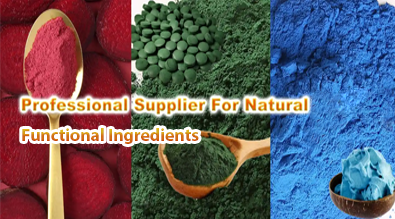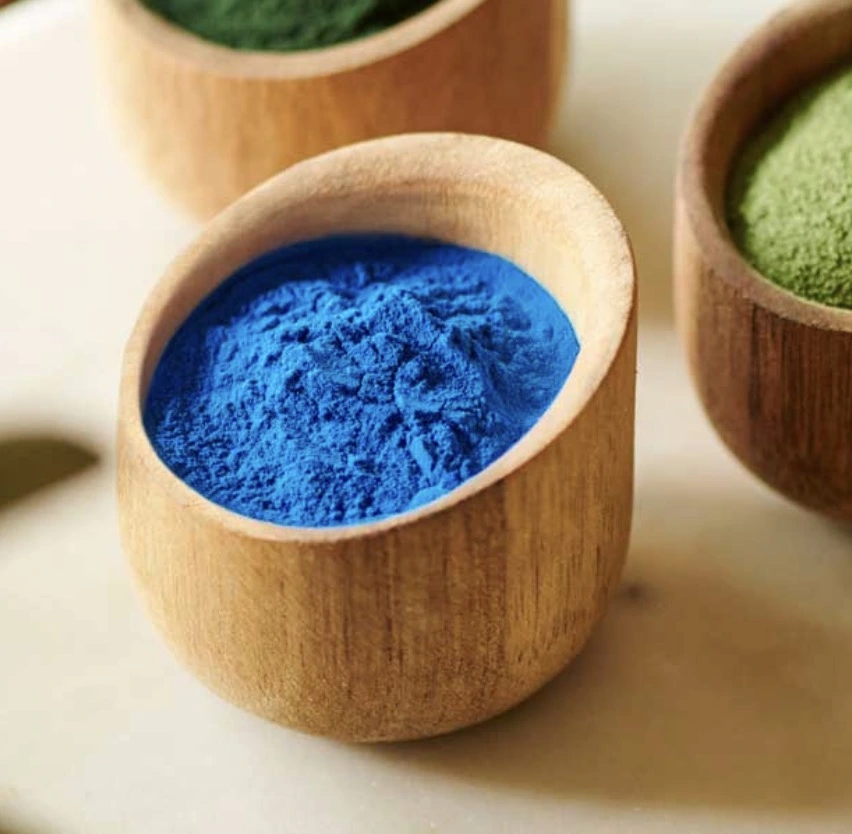How Astaxanthin Supports Eye Health and Reduces the Risk of Macular Degeneration?
As we age, maintaining optimal eye health becomes increasingly crucial. One powerful ally in this endeavor is astaxanthin, a potent antioxidant that's garnering attention for its remarkable benefits to ocular health. This vibrant red pigment, found naturally in certain algae and seafood, is now recognized as a potential game-changer in the fight against age-related eye conditions, particularly macular degeneration. Let's delve into how it can safeguard your vision and potentially mitigate the risk of this sight-threatening condition.

Top Benefits of Astaxanthin for Protecting Your Eyes
Astaxanthin's unique molecular structure allows it to cross the blood-retina barrier, providing direct benefits to the eyes. This carotenoid offers a multitude of advantages for ocular health:
- Potent Antioxidant Protection: Astaxanthin is a powerhouse antioxidant, surpassing the efficacy of vitamin C and beta-carotene. It neutralizes harmful free radicals that can damage delicate eye tissues, particularly in the retina. This protection is crucial in preventing oxidative stress-induced eye conditions.
- Anti-Inflammatory Properties: Chronic inflammation can contribute to various eye disorders. Astaxanthin's anti-inflammatory effects help reduce ocular inflammation, potentially slowing the progression of inflammatory eye conditions.
- Enhanced Blood Flow: By improving blood circulation to the eyes, astaxanthin ensures that vital nutrients and oxygen reach ocular tissues efficiently. This improved blood flow can enhance overall eye function and health.
- UV Protection: Astaxanthin acts as a natural sunscreen for your eyes, helping to shield them from harmful ultraviolet rays. This protection is particularly beneficial in preventing UV-induced retinal damage.
- Alleviation of Eye Strain: In our digital age, eye strain is becoming increasingly common. Astaxanthin has been shown to reduce eye fatigue and discomfort associated with prolonged screen time, potentially improving visual acuity and focus.
These multifaceted benefits make astaxanthin a valuable supplement for maintaining and enhancing eye health. Its ability to provide comprehensive protection against various ocular stressors sets it apart as a potent ally in preserving vision.

How Astaxanthin Reduces Macular Degeneration Risks?
Age-related macular degeneration (AMD) is a leading cause of vision loss among older adults. Astaxanthin has emerged as a promising tool in the prevention and management of this condition. Here's how it works:
- Protecting Photoreceptor Cells: The macula, responsible for central vision, contains light-sensitive photoreceptor cells. Astaxanthin helps protect these cells from oxidative damage, potentially slowing the progression of AMD.
- Reducing Oxidative Stress: AMD is closely linked to oxidative stress in the retina. Astaxanthin's potent antioxidant properties help neutralize free radicals, reducing the oxidative burden on the macula.
- Improving Retinal Blood Flow: By enhancing blood circulation to the retina, astaxanthin ensures that the macula receives adequate nutrients and oxygen. This improved blood flow can help maintain the health of macular tissues.
- Modulating Inflammation: Chronic inflammation plays a role in AMD progression. Astaxanthin's anti-inflammatory effects may help mitigate this inflammatory response, potentially slowing disease advancement.
- Enhancing Visual Function: Studies have shown that astaxanthin supplementation can improve visual acuity and contrast sensitivity in individuals with early-stage AMD, suggesting a potential role in preserving visual function.
While astaxanthin shows promise in reducing AMD risks, it's essential to note that it should be part of a comprehensive eye health strategy. Regular eye exams, a healthy diet rich in other eye-supporting nutrients, and lifestyle modifications are also crucial in managing AMD risk.

Incorporating Astaxanthin into Your Eye Health Routine
Adding astaxanthin to your eye health regimen can be a prudent step towards preserving your vision. Here are some strategies for incorporating this powerful carotenoid into your routine:
- Dietary Sources: While it is naturally found in certain seafoods like salmon, trout, and shrimp, the concentrations are typically not high enough to provide therapeutic benefits. However, including these foods in your diet can be a good starting point.
- Supplementation: For more significant benefits, astaxanthin supplements are available. Typical dosages range from 4 to 12 mg per day, but it's essential to consult with a healthcare professional to determine the right dose for your needs.
- Combination with Other Eye-Supporting Nutrients: Astaxanthin works synergistically with other eye-healthy nutrients like lutein, zeaxanthin, and omega-3 fatty acids. Consider a comprehensive eye health supplement that includes these nutrients.
- Consistency is Key: Like many nutritional interventions, the benefits of astaxanthin are cumulative. Regular, consistent supplementation over time is likely to yield the best results.
- Topical Applications: Some eye drops and creams now incorporate astaxanthin. These can be beneficial for addressing eye strain and providing localized antioxidant protection.
Remember, while astaxanthin is generally considered safe, it's always wise to discuss any new supplement regimen with your healthcare provider, especially if you have existing health conditions or are taking medications.

Conclusion
Astaxanthin stands out as a potent ally in the quest for optimal eye health and the prevention of age-related macular degeneration. Its unique ability to cross the blood-retina barrier, coupled with its powerful antioxidant and anti-inflammatory properties, makes it a valuable tool in protecting our vision as we age. By incorporating it into a comprehensive eye health strategy, we can take proactive steps towards preserving our sight and reducing the risk of debilitating eye conditions.
For more information on astaxanthin and other natural plant extracts that can support your health, please contact us at info@yanggebiotech.com. Our team of experts is ready to provide you with innovative, high-quality solutions tailored to your needs.
References
1. Kidd, P. (2011). Astaxanthin, cell membrane nutrient with diverse clinical benefits and anti-aging potential. Alternative Medicine Review, 16(4), 355-364.
2. Parisi, V., Tedeschi, M., Gallinaro, G., Varano, M., Saviano, S., & Piermarocchi, S. (2008). Carotenoids and antioxidants in age-related maculopathy italian study: multifocal electroretinogram modifications after 1 year. Ophthalmology, 115(2), 324-333.
3. Cort, A., Ozturk, N., Akpinar, D., Unal, M., Yucel, G., Ciftcioglu, A., ... & Aslan, M. (2010). Suppressive effect of astaxanthin on retinal injury induced by elevated intraocular pressure. Regulatory Toxicology and Pharmacology, 58(1), 121-130.
4. Hashimoto, H., Arai, K., Hayashi, S., Okamoto, H., Takahashi, J., Chikuda, M., & Obara, Y. (2013). Effects of astaxanthin on antioxidation in human aqueous humor. Journal of clinical biochemistry and nutrition, 53(1), 1-7.
5. Liu, X., Shibata, T., Hisaka, S., & Osawa, T. (2009). Astaxanthin inhibits reactive oxygen species-mediated cellular toxicity in dopaminergic SH-SY5Y cells via mitochondria-targeted protective mechanism. Brain research, 1254, 18-27.

Based on your location and order quantity, you will have the opportunity to receive a limited time free shipping promotion!

Who we are


